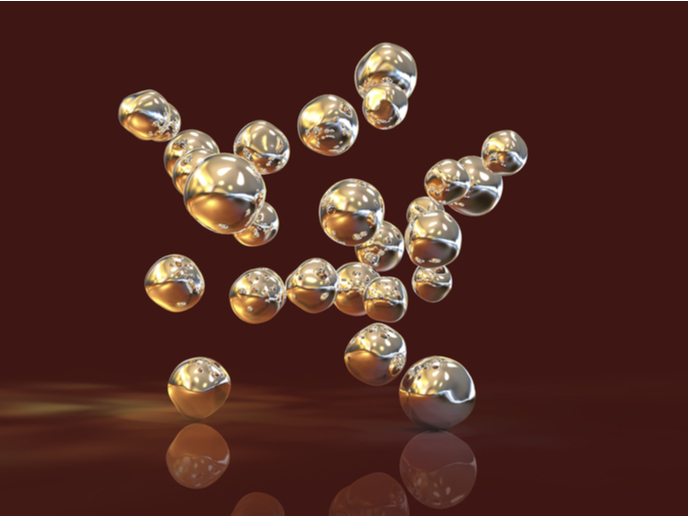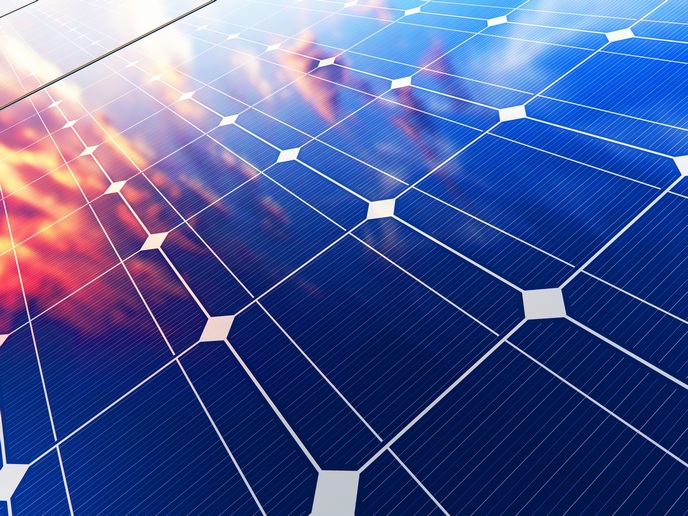New 3D design for onboard high-capacity batteries
The electronics industry is today characterised by ever-smaller and lighter devices. While the down-scaling of electronic components has created a field of its own (microelectronics), absence of similarly down-sized onboard power supplies is inhibiting the development of new products in numerous fields. Given the growing number of MEMS in the development pipeline, the market is poised for rapid advancement with the delivery of appropriate micropower supplies. In the EU-funded project SUPERLION (Superior energy and power density Li-ion microbatteries), scientists developed solutions for this bottleneck to progress. Nanomaterials, with interesting functional properties related to their very small scales, offered new resources with which to address the issue. The SUPERLION team explored synthesis and fabrication of novel nanostructured battery materials and microbattery components. In addition, they implemented related techniques to improve the performance of conventional lithium-ion (Li-ion) batteries. The 2D laminate structure of most conventional batteries leads to a compromise between energy and power density. Micro- and nanomaterial fabrication techniques allow to extend the thin-film approach to three dimensions, where short diffusion lengths and high surface area enable simultaneously high energy and power densities. The potential of 3D microbatteries for energy density per footprint area is more than an order of magnitude relative to comparable 2D thin-film batteries. The development of 3D battery architecture depends on forming a thin, conformal film that is electronically blocking and conductive to Li ions. Scientists used the electrodeposition technique that is an excellent one for formation of thin-film polymer electrolytes on microstructured surfaces. Electrodeposition of elastomers based on poly(ethylene glycol) diacrylate polymer allowed the creation of electrolytes with tunable ionic conductivity. Three test-cell types were chosen for evaluation: a Li iron phosphate-based cell, a flexible flat cell, and two rechargeable Li-button or Li-coin cells. Energy density and size characteristics were particularly promising. SUPERLION made important advances in the development of rechargeable 3D microbatteries for direct impact on numerous microelectronic devices including microsensor arrays, identification cards, pacemakers/defibrillators and drug delivery systems. Optimisation of results should facilitate commercialisation.







